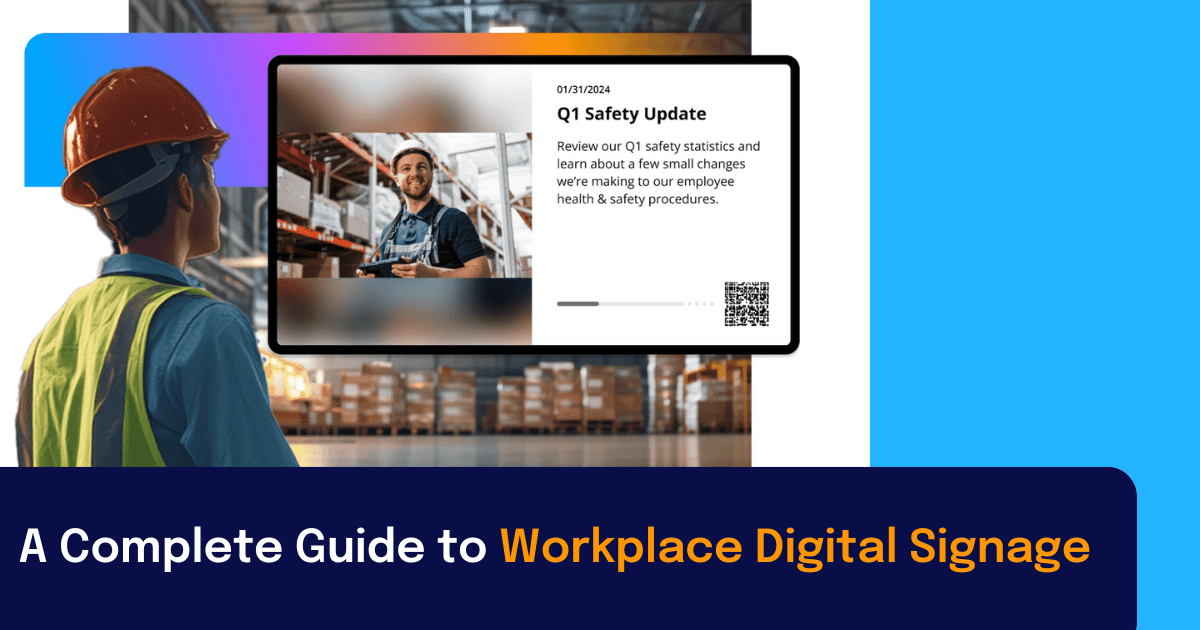The World Cup, the most popular sporting event in the world, takes place every four years. Over the course of an entire month, 32 teams representing 32 nations compete for the coveted championship, with more than 700 million people viewing the final match of the tournament. That’s 1/9 of the entire population of our planet, making it the most widely viewed sporting event in the world.
It’s therefore not surprising that in 2018, companies spent three billion dollars on advertising during the World Cup. That’s almost six times as much as companies spent on Super Bowl advertising that same year. But just as companies take advantage of the opportunity to communicate to the world through commercials, so too can organizations learn about communication from the players and teams themselves.
Here are five ways that pro soccer reflects internal communication strategies.
1. Have a Game Plan
Before the game is played, a good coaching staff will prepare a lengthy report on their opponents, writing plays designed to counter their opposition’s strengths and trying to find ways to stop their best players. As the team prepares for specific matchups, players will watch hours of game footage to become familiar with their opponent’s playing style, and coaches make decisions about how their team can best go about winning. These proactive strategies are essential to a team’s success. Having a solid game plan is critical.
Internal communications also require a strong game plan. Companies must decide what they want to achieve from their internal communication channels and design a strategy for getting there. Having a well-thought-out strategy will keep you on track and within budget, setting you on the road to internal communication success. Employee surveys are a great first step in devising a game plan. They allow companies to see what employees want and need from their internal communications systems so that they can make a targeted plan toward meeting those desires.
2. Work Together
Every player on the field must work together to beat the other team. It’s impossible for players to follow their coaches’ strategy if they don’t understand how their specific role fits into the the defensive objectives and offensive sets planned for the game. “There’s no “I” in “team” is a cliche for a reason: Teamwork is essential for an organization to be successful. In 2014, Germany took home the World Cup because of their ability to work together. Many soccer teams rely on one or two superstars to carry them to success, but every German player took responsibility for his particular assignment, whether it was stopping Argentina’s strong offense, or scoring goals. They worked together like a well-oiled machine, proving that eleven players working as one are better than ten players supporting a single superstar.
When it comes to internal communications, everyone in a company must work together to execute a plan. In order to create a connected culture, it’s important that everyone be on the same page about what’s going on. Without internal communication systems that allow employees to constantly connect with one another and hear about events and changes within a company, employees will likely feel isolated and disengaged—ultimately damaging overall productivity.

3. Listening Is Just as Important as Giving Direction
Whether you’re a player or a coach, it’s important to remember the importance of listening. Players must listen to coaches in order to understand the game plan and know their role in carrying it out, but coaches need to listen to players so that they can be sure there’s no confusion about what they’re being asked to do, not to mention getting valuable feedback. Sometimes, it’s the players who have the best insights into how to win a game or stop a particular player; after all, they’re the ones actually out on the field. For these reasons and more, it’s important that coaches provide an opportunity for players to communicate their thoughts and opinions.
Likewise, it is important that upper management give their employees channels for communicating their thoughts and opinions. If employees don’t feel that their voices are being heard, they’re sure to become frustrated and disengaged in their work. Just like players on a soccer team might have the best ideas about how to win a game, employees may have the most insightful ideas about how their company can improve and be successful. By providing feedback channels, your company can take full advantage of those great ideas. Not only is it important that upper management communicate with their employees about what’s expected of them, but they also need to provide opportunities for employees to be heard and, just as importantly, listen to what they have to say.
4. Goals Are Great, but Winning Is What It’s All About
Too often, teams that get an early lead in a game wind up blowing the win because playing from ahead makes them lose their intensity. This happened in the 1974 World Cup finals when the Netherlands took an early lead with a penalty kick and went on to lose to West Germany, 1–2. It’s critical that coaches and players remember that scoring a goal isn’t the same as winning the game and that focus is required until all 90 minutes (and sometimes more) have been played.
When it comes to communication, losing sight of what constitutes a win can also be a problem for companies. It’s one thing to be good at communicating specific information to your inner circle or a specific audience, but companies often fail to understand that winning communication is communication that that reaches everyone in an organization.
5. Have Fun!
Professional soccer players are lucky enough to get paid lots of money for playing a game that they presumably enjoy. They go to work every day and compete for a living, and while that kind of work certainly is far from stress-free, it certainly looks like fun.
When companies think about communication, they too shouldn’t forget about having fun. Making internal communication to your employees entertaining is sure to increase engagement. A whopping 88% of employees entering the workforce want to work in an environment which is fun and social. Employers must remember to make fun a pat of their workplace culture if they want to attract, engage, and retain workers.
End Goal!
Just as teams will be competing throughout June and July for the World Cup, today’s companies are competing to attract employees. It’s been said that first impressions are lasting ones, and that’s just one reason why having a game plan for winning communication is so important to employee recruitment. Initial connections with potential employees are critical to long-term growth, retention, and success. Organizations that can use effective communication as a means toward fostering teamwork, ensuring that all employees understand their role and feel listened to and respected, is the cornerstone to a strategy that will not only score goals but win games. Call it World Cup communication.



